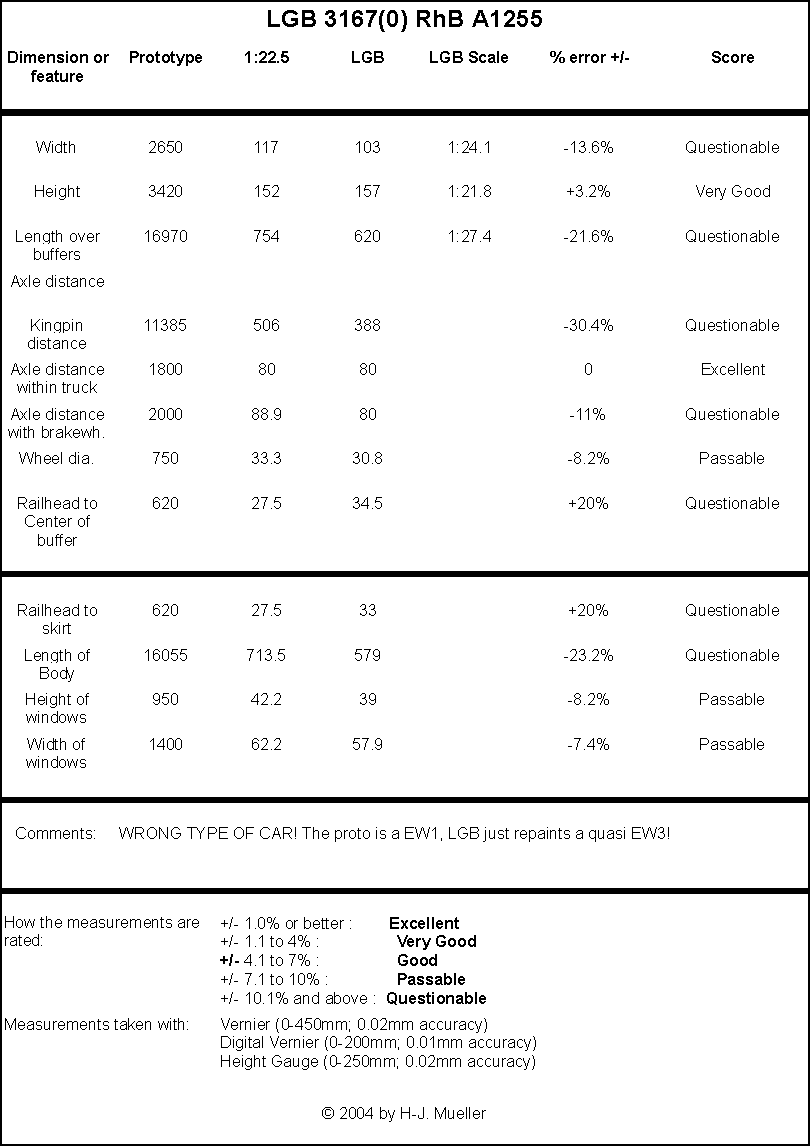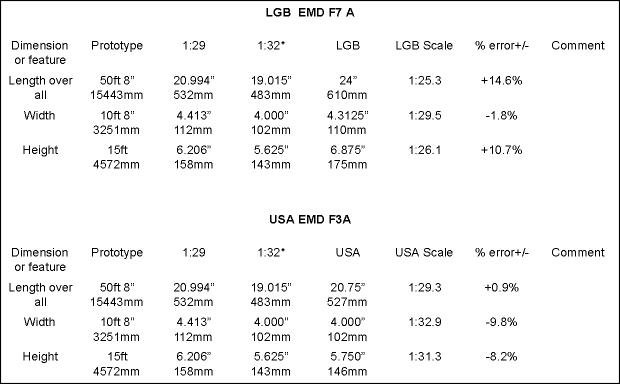Warren,
You can add to or edit anything in a Wiki, you just have to be prepared for the follow up corrections.
My definition is exactly that MY DEFINITION. If you want to look up the professional definitions you can go to the BIG Wiki http://en.wikipedia.org/wiki/Scale_model or any of the umpteen dictionaries.
For instance:
The American Heritage® Dictionary of the English Language said:
model (mòd´l) noun
1. A small object, usually built to scale, that represents in detail another, often larger object.
The American Heritage® Dictionary of the English Language, Third Edition copyright © 1992 by Houghton Mifflin Company. Electronic version licensed from INSO Corporation. All rights reserved.
The box may be small, but that’s often the case when you condense something down to the basic definition.
BTW in the technical sense the definitions get even tighter, but I didn’t want to get that technical.
While we’re on the subject the definition for caricature is:
caricature (kà r´î-ke-ch¢r´, -cher) noun
- a. A representation, especially pictorial or literary, in which the subject’s distinctive features or peculiarities are deliberately exaggerated to produce a comic or grotesque effect. b. The art of creating such representations.
- A grotesque imitation or misrepresentation: The trial was a caricature of justice.
The American Heritage® Dictionary of the English Language, Third Edition copyright © 1992 by Houghton Mifflin Company. Electronic version licensed from INSO Corporation. All rights reserved.
Need I say more??? 


PS Since you cite Vic Smith and Chris Walas as examples: Unless what they built is a model of an original fullsize master; no they are not models, they are originals . As in:
original
original (e-rîj´e-nel) adjective
Abbr. orig.
- Preceding all others in time; first.
- a. Not derived from something else; fresh and unusual: an original play, not an adaptation. b. Showing a marked departure from previous practice; new: a truly original approach. See synonyms at new.
- Productive of new things or new ideas; inventive: an original mind.
- Being the source from which a copy, reproduction, or translation is made.
The American Heritage® Dictionary of the English Language, Third Edition copyright © 1992 by Houghton Mifflin Company. Electronic version licensed from INSO Corporation. All rights reserved
I find that in model railway parlance “scale” and “gauge” are not the only terms that are mixed up, there are a number of other things that find equally “loose” interpretation.



 Hmmmmm…model. One says “if it isn’t coal fired it isn’t a model”…and the other says he makes a clear distinction between toys and models, and serious modelers and those who play with toys…I’m bewildered~!
Hmmmmm…model. One says “if it isn’t coal fired it isn’t a model”…and the other says he makes a clear distinction between toys and models, and serious modelers and those who play with toys…I’m bewildered~!
